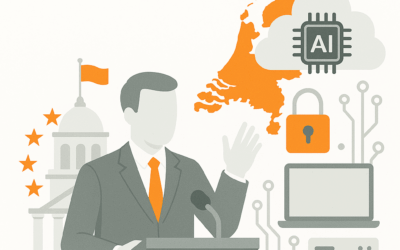Target Operating Model
(TOM)
Why
How
A Target Operating Model is created by:
- Defining Strategic Goals – Clarifying the desired outcomes, such as improved efficiency, customer focus, or market expansion.
- Analyzing the Current State – Assessing existing processes, structures, and capabilities to identify gaps and inefficiencies.
- Designing the Future State – Mapping out how the organization will operate, integrating optimal processes, technologies, and resource structures.
- Engaging Stakeholders – Collaborating across departments to ensure alignment and buy-in for the vision.
- Implementing the Model – Rolling out changes in phases to manage risks and enable smooth transitions.
- Continuously Improving – Monitoring performance and refining the operating model to adapt to new challenges and opportunities.
This approach combines strategic vision with practical steps to create a coherent and scalable framework for operations.
Result
By creating and implementing a Target Operating Model, organizations achieve:
- Strategic alignment, ensuring that all functions and processes work cohesively toward overarching business goals.
- Operational excellence, with streamlined processes, improved resource allocation, and optimized workflows.
- Enhanced agility, enabling faster adaptation to market changes, new technologies, or regulatory requirements.
- Improved user experience, by embedding user-centric processes and technologies into the operating model.
- Sustainable growth, through better scalability, cost-effectiveness, and a resilient organizational structure.
References
Words from our clients: hear what others have to say about our services
Do you have a question or want to meet?
Digital sovereignty: a political and technological challenge
De overheid staat voor een cruciale opgave: het waarborgen van digitale soevereiniteit. Het gebruik van cloud, AI waar globale leveranciers domineren, is grip op data, infrastructuur, processen en wetgeving een cruciaal onderdeel van continuïteit geworden. De politiek...
AI is changing the playing field of IT management
Where traditional tools were primarily reactive, we are now seeing a shift toward proactive and even autonomous management processes. AI-driven monitoring, predictive analytics, and self-healing systems ensure fewer incidents, faster root-cause analyses, and higher service quality.
Tenders with dialogue and negotiation: 'truly understanding each other'
IT tenders aren't just about following the rules, but primarily about understanding, collaboration, and quality. Standard procedures often fall short when it comes to customization, innovation, or clarification of what truly matters in the delivery of IT services.
Get in contact
Reach out to us for any questions













